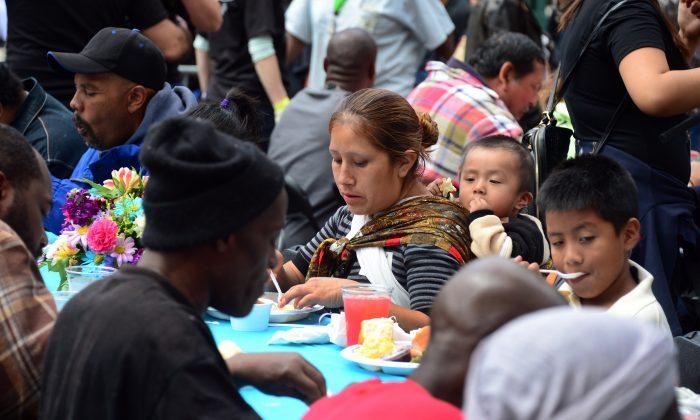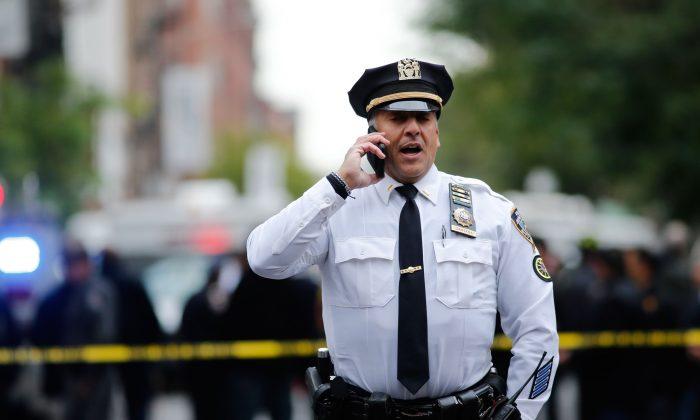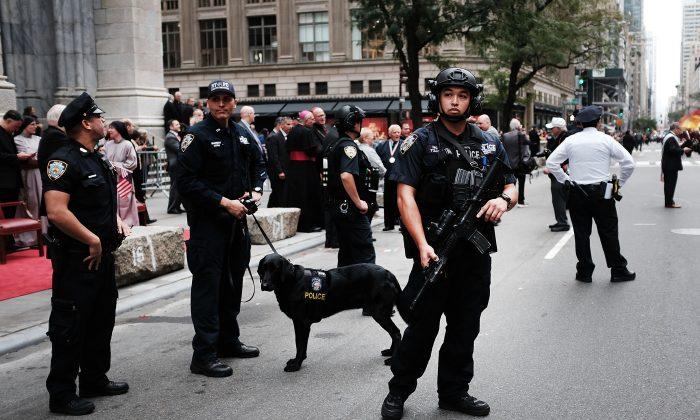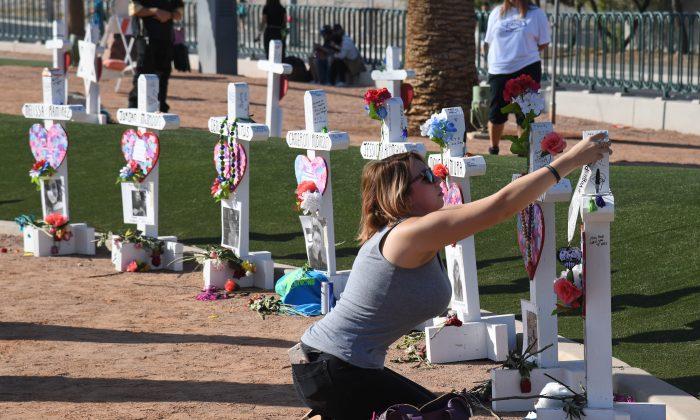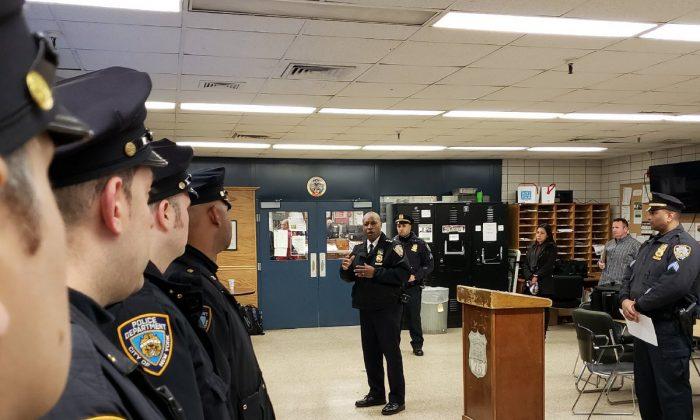There is a direct correlation between the scourge of domestic violence and the growth of shelter and homeless populations.
This is a very real fear to many victims of domestic violence and can influence decisions that prevent abuse.
Recently, I assisted a woman whose husband was arrested for domestic violence. She frantically stated that she had no other family members to assist her. She said, “Where will I live?” and “How will I make ends meet?”
I introduced her to a domestic violence prevention organization that provided the guidance she needed to immediately leave her abusive husband.
Unfortunately, there are too many domestic violence victims who remain trapped in the cycle of violence. A lack of financial resources, shortage of affordable housing, and a fear of shelters and homelessness exacerbate America’s domestic violence crisis.
Domestic Violence Definition
The U.S. Department of Justice states on its website, “We define domestic violence as a pattern of abusive behavior in any relationship that is used by one partner to gain or maintain power and control over another intimate partner. Domestic violence can be physical, sexual, emotional, economic, or psychological actions or threats of actions that influence another person. This includes any behaviors that intimidate, manipulate, humiliate, isolate, frighten, terrorize, coerce, threaten, blame, hurt, injure, or wound someone.”
Domestic Violence and Homelessness
According to the National Alliance to End Homelessness:
- Domestic violence survivors make up about 12 percent of the sheltered homeless population.
- Domestic violence is the immediate cause of homelessness for many women. Survivors of domestic violence are often isolated from support networks and financial resources by their abusers, which puts them at risk of becoming homeless.
- One study in Massachusetts found that 92 percent of homeless women had experienced severe physical or sexual assault at some point in their lives, 63 percent had been victims of violence by an intimate partner, and 32 percent had been assaulted by their current or most recent partner. Such studies suggest a correlation between domestic violence and homelessness.
- Survivors of domestic violence have both short-term and long-term housing needs. Immediately after incidents survivors require safe housing away from the abuser. Ultimately, the family requires access to safe, stable, affordable housing.
- Investment in affordable housing is crucial to this population, so that the family or woman is able to leave the shelter system as quickly as possible without returning to the abuser.
- One key challenge facing providers serving survivors of domestic violence is that safety and confidentiality concerns may make it difficult to track this group.
NYC Domestic Violence
As it is in cities throughout America, domestic violence is a serious New York City problem.
The mayor has begun a rent subsidy program to move abuse victims out of shelters but domestic violence is a complicated issue. Factors include the following:
- Economic hardships that influence women to return to abusers
- Minimal affordable housing opportunities throughout the city
- Domestic violence problems within New York’s public housing
- Immigrants’ fear of reporting to the police or seeking assistance that perpetuates the violent cycle
- Inability of victims to remain undetectable from abusers who can track them down at new residences or at work
- Over 46,000 domestic violence arrests in New York City already in 2014
- Lack of communicating problems to the police by victims—one report stated that 75 percent of the 37 victims killed in 2013 never informed the police
- Staggering NYPD domestic violence responses of 250,000 incidents annually—nearly 600 per day
- Reluctance of corporate domestic violence prevention initiatives. These should be ongoing and required for all staff
Final Reflection
Domestic violence is a national tragedy demanding collaboration between police, government officials, corporations, organizations, and the entire school system.
America’s schools and campuses must be an integral part of the solution. The youth of America often experience domestic violence within their families. We are fully committed to reawakening the nation when we safeguard all in society, including our youth, and empower them to identify and prevent domestic violence.

Vincent J. Bove, CPP, is a national speaker and author on issues critical to America. Bove is a recipient of the FBI Director’s Community Leadership Award for combating crime and violence and is a former confidant of the New York Yankees. His newest book is “Listen To Their Cries.” For more information, see www.vincentbove.com
